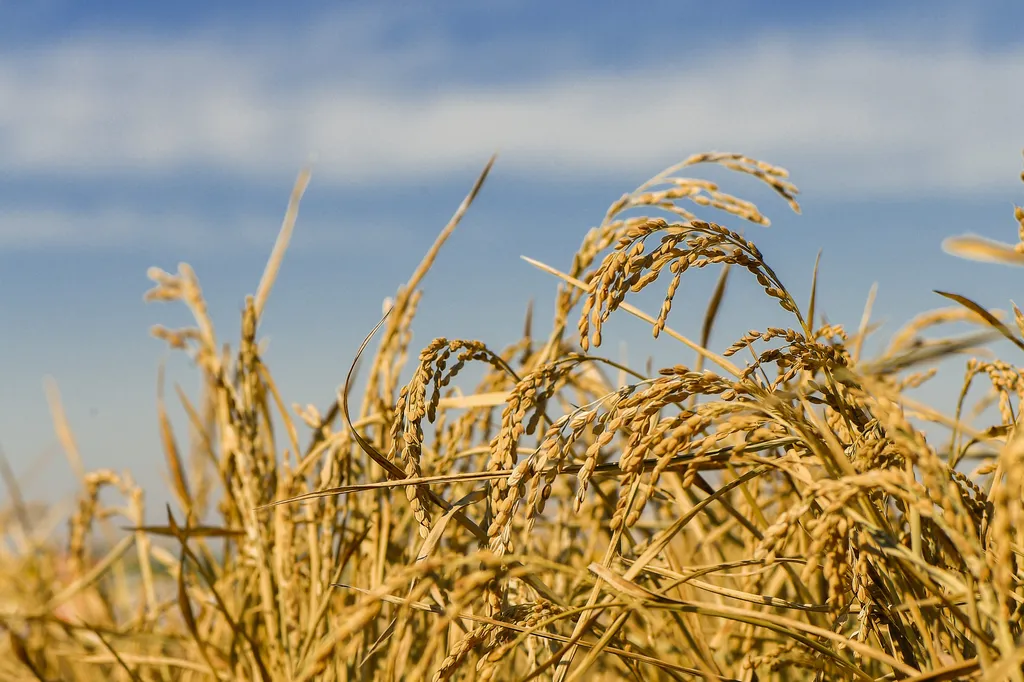In the heart of China’s agricultural research, a groundbreaking study led by Yi Zhang from the Chongqing Key Laboratory of Crops Molecular Improvement at Southwest University has unveiled a novel mechanism regulating the development of lateral organs in rice. The research, published in the Journal of Integrative Agriculture (Integrative Agriculture Research), not only advances our understanding of plant biology but also holds significant promise for the energy sector, particularly in bioenergy crops.
The study focuses on a mutant rice plant, dubbed pdl1, which exhibits striking abnormalities in its leaves and glumes—essential lateral organs that play pivotal roles in photosynthesis and seed morphology. “The pdl1 mutant shows twisted, filamentous-shaped leaves and cracked, filamentous-shaped lemmas,” Zhang explains. “These defects are caused by impaired polarity development, a critical process that determines the shape and function of lateral organs.”
At the heart of this discovery is the PDL1 gene, which encodes a SUPPRESSOR OF GENE SILENCING 3 protein. This protein is localized in cytoplasmic granules and is expressed in various meristems and lateral organs. PDL1 is involved in the synthesis of tasiR-ARF, a type of small RNA that modulates the expression of OsARFs, which are crucial for plant development.
The study also found that PDL1 influences the expression of abaxial miR165/166 and the adaxial identity genes OSHBs. “The expression levels of abaxial miR165/166 were increased, while the adaxial identity genes OSHBs were significantly reduced,” Zhang notes. This intricate regulatory network underscores the complexity of plant development and opens new avenues for crop improvement.
The implications of this research extend beyond rice. Understanding the molecular mechanisms controlling lateral organ polarity development can pave the way for enhancing the yield and biomass of bioenergy crops. “By manipulating these pathways, we can potentially improve the efficiency of photosynthesis and seed production, which are directly relevant to the energy sector,” Zhang suggests.
Moreover, the discovery of PDL1’s role in tasiR-ARF synthesis offers a new tool for genetic engineering. This could lead to the development of crops with optimized traits for biofuel production, contributing to a more sustainable energy future.
As we delve deeper into the molecular intricacies of plant development, the potential for innovation in agriculture and energy becomes increasingly apparent. Zhang’s research not only sheds light on the fundamental processes governing plant growth but also highlights the transformative potential of biotechnology in addressing global energy challenges. With further exploration, these findings could shape the future of bioenergy, driving us towards a more sustainable and energy-efficient world.

